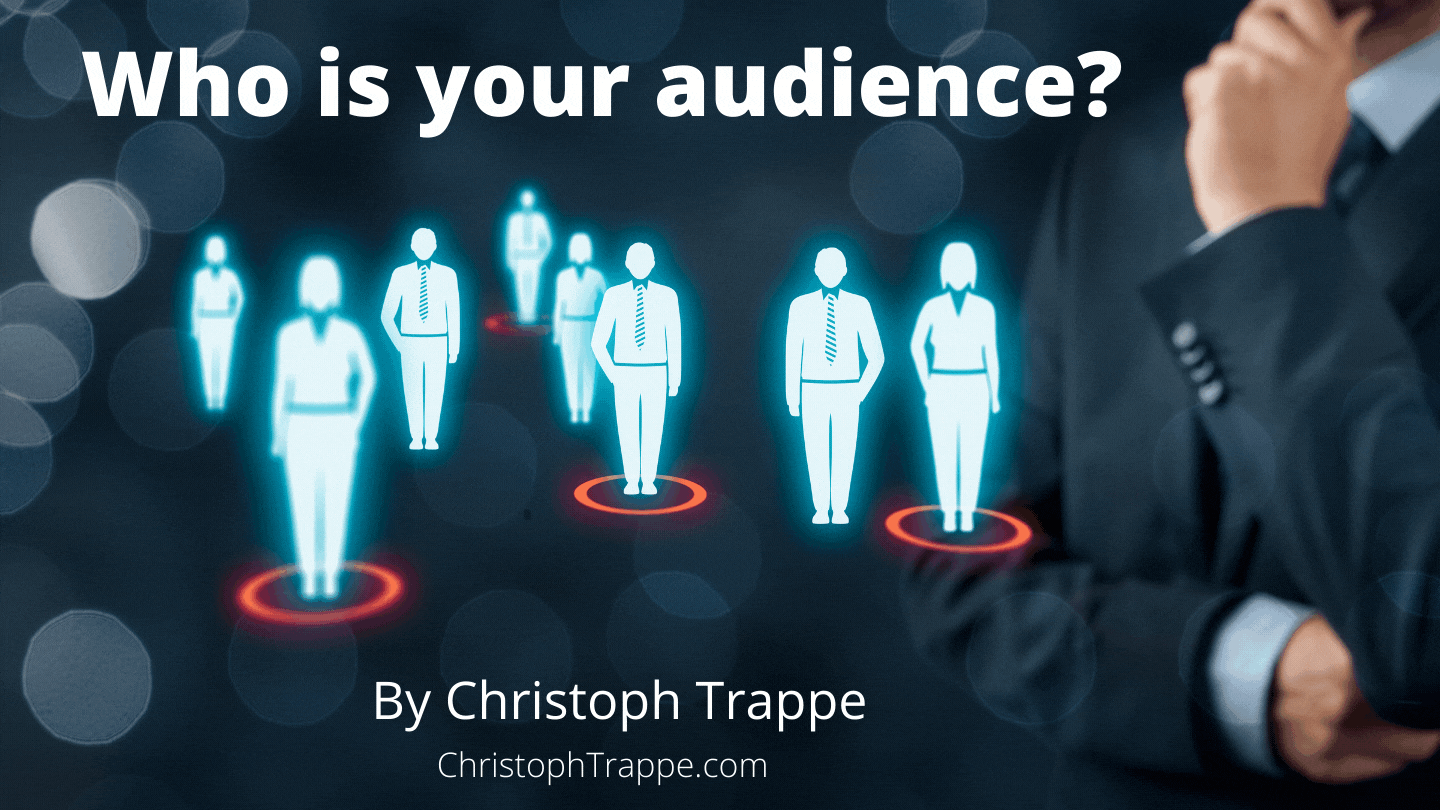Trappe Digital LLC may earn commissions from sponsored links and content. When you click and buy you also support us.
Defining our audience is helpful and can make the stories that we share more relevant to our target audiences. But some organizations struggle with that tug of war between internal and external audiences.
Most organizations have external audiences of consumers (people who might buy things from you), customers (people who have bought things from you) and even advocates (people who spread your message). Sometimes audience members move back and forth between the three roles. Sometimes they might be a customer and advocate at the same time.
Of course, the most successful content marketers define their audience at a much more granular level. For example:
- Moms with young children
- Divorced dads
- Traditional marketers who are trying to make it in a new media world.
- Young adults who are overweight and are looking for weight loss tips.
Did you notice who is not listed here?
-
- Your boss
- Your boss’ boss
- The guy down the hall at the office and who is looking for a new job, but who gets a vote on new content for some reason.
But, of course, there’s also a balance. We need to work well internally to make an impact externally.
The importance of the right audience
“But, but, but” you might say. “Of course my boss is the audience. He approves this stuff and reads it like he IS the audience.” Even when he’s not the audience.
Unfortunately, that’s a reality in some organizations and it can be a problem. When we produce content for internal audiences, and then present it to external audiences like it’s actually for them, the external audience suffers.
Content might be unappealing, not compelling and – at the worst – irrelevant.
The best leaders ask “Who is your audience for this?” And then evaluate the content based on that.
That’s actually something that leaders who understand this concept ask before reviewing anything: “Who is your audience?”
Sound hard? It is. Why? The biggest reason might be because we are always in our own shoes and defaulting to our own views is natural.
Putting others first
But to win at the content game we have to put ourselves in the audience’s shoes.
Let’s say I’m the CEO of a business. I’m kind of an early adopter and integrate the latest tools right into my life. My family’s, too. I want something, I buy it.
Read next: Internal communication strategies that actually work – including internal podcasting
Customers of my business describe themselves as lower middle class. Some barely make ends meet, but they have spending money from time to time. Few are early adopters.
It should be easy to see that we have to set our own interests aside to evaluate content and stories against our actual audience’s interests. That’s the only way to create the most relevant and worthwhile content.
How do we get there? We need great storytellers and great leaders who empower their teams to tell organizational stories for their actual audiences that are compelling, educational and (start to) build long-term relationships.

